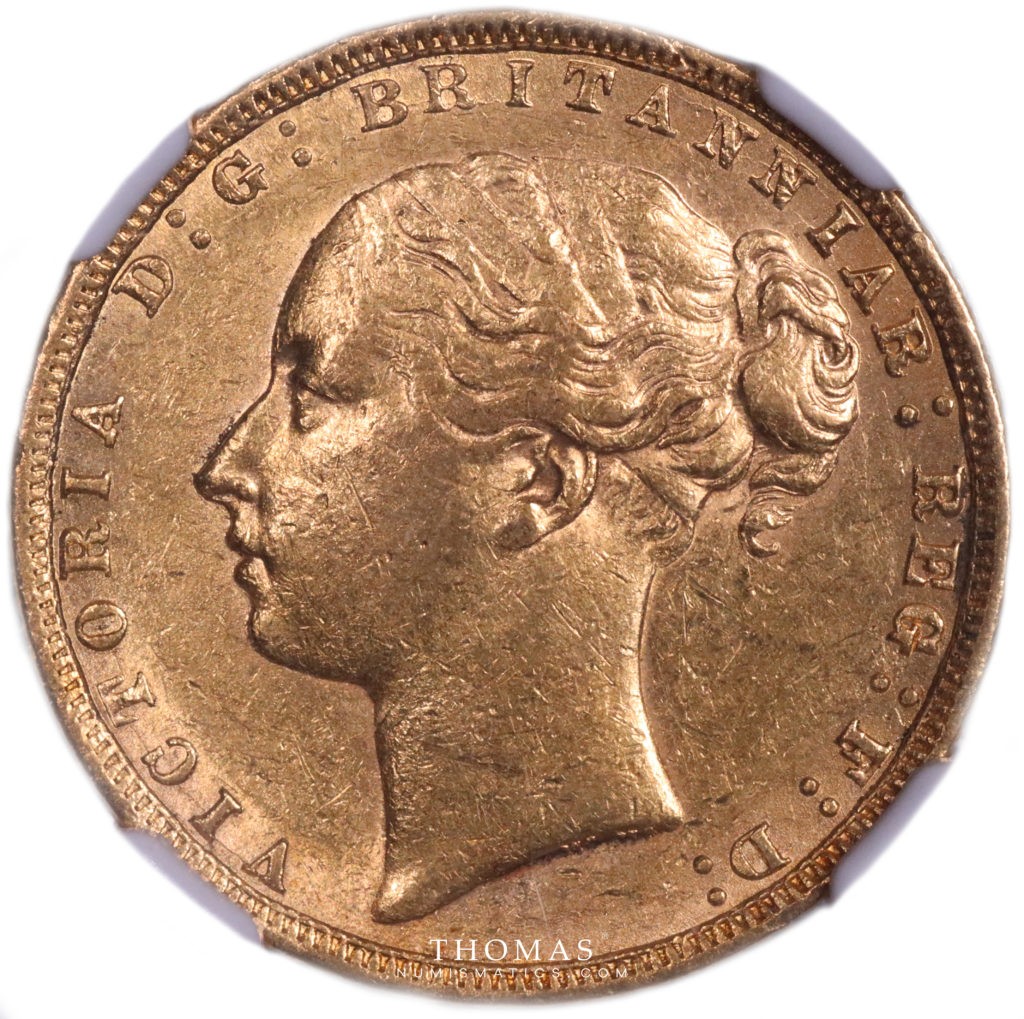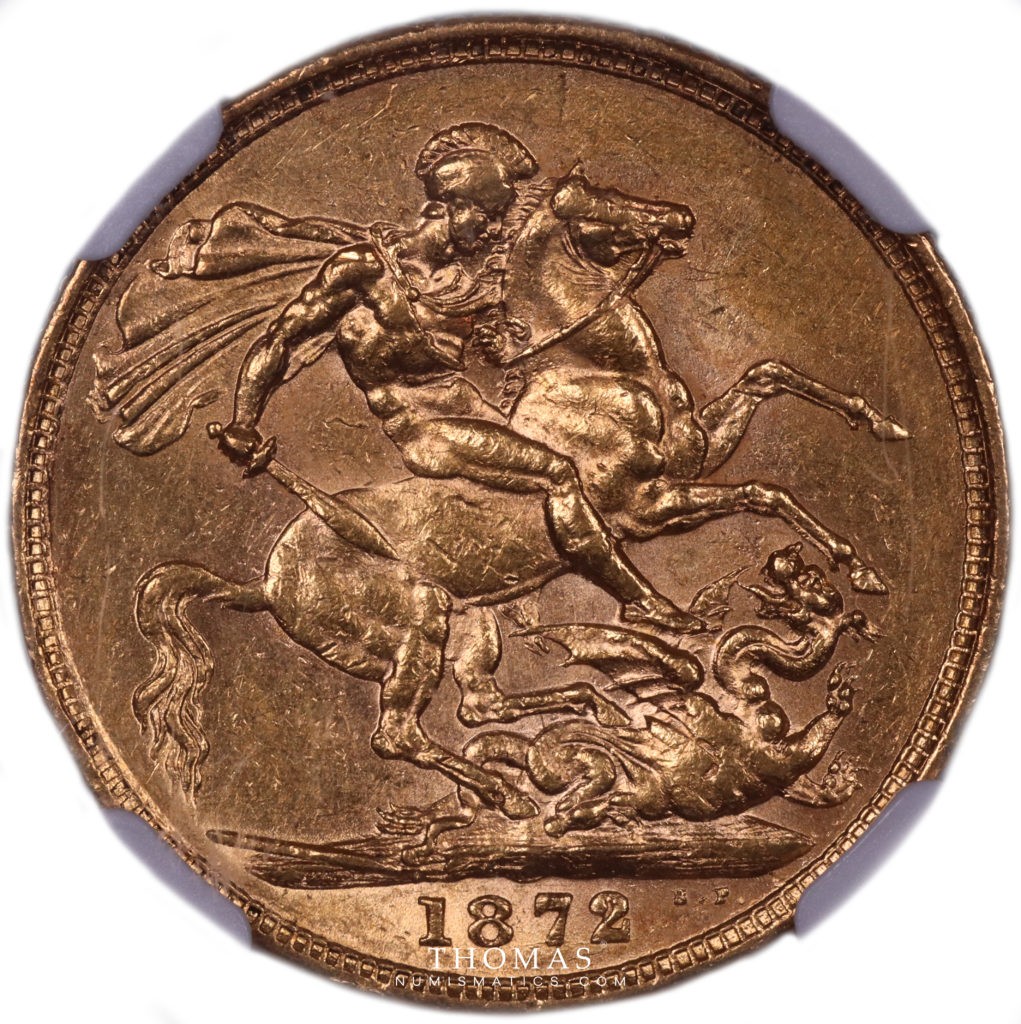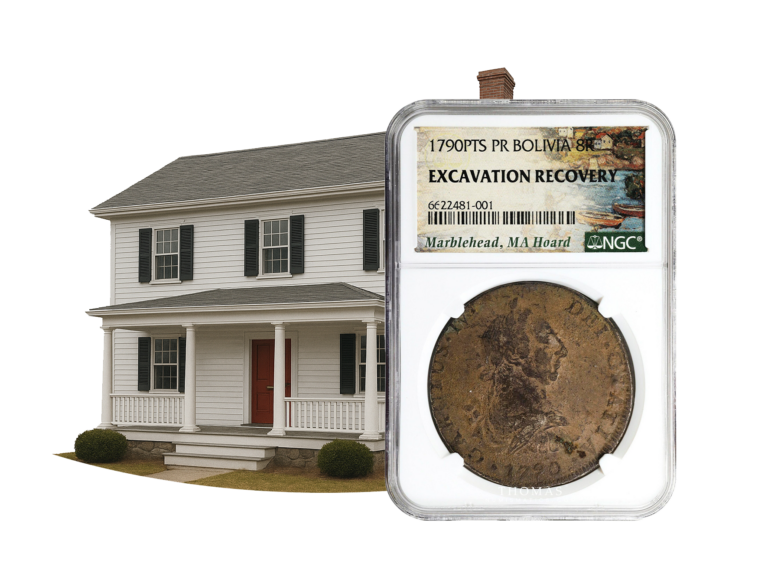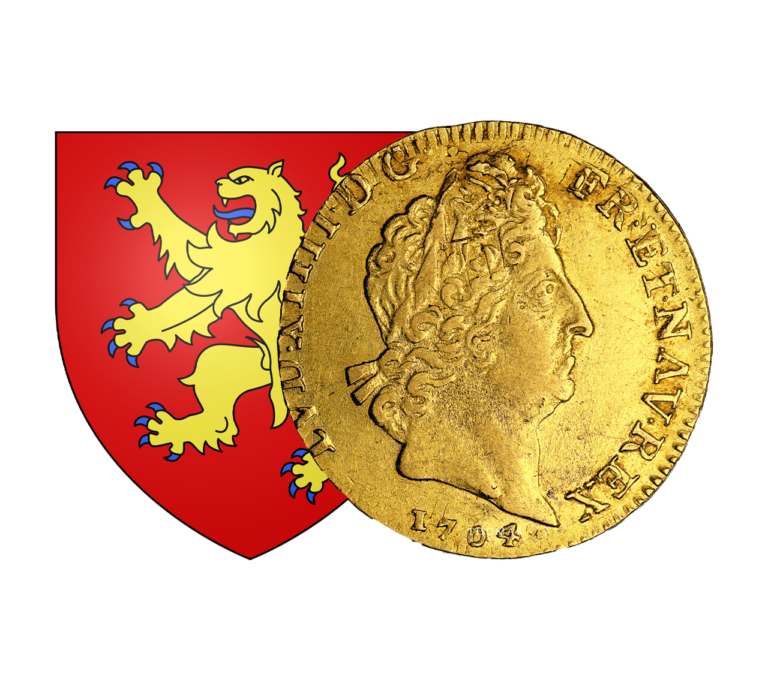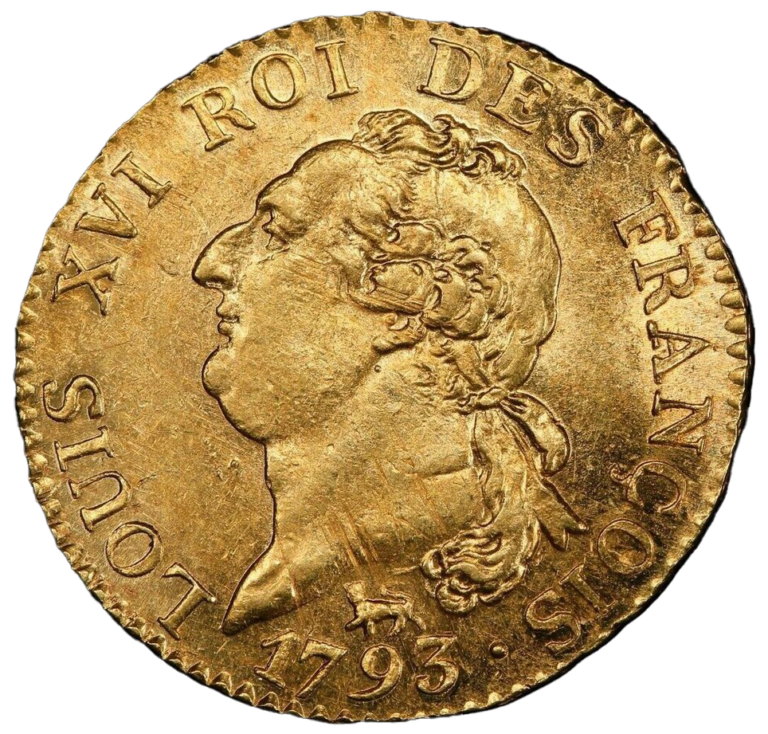
Discover all the news and articles from TNUMIS Magazine exclusively
The Douro Treasure
On 20th and 21rst November 1996, the international auction house Christie’s organized the auction of the Douro Treasure in London. The event was a success. It attracted not only numismatists, but also the general public who showed significant interest in the treasure. They bought themselves a bit of dream and adventure by purchasing a gold coin that had spent 114 years in the depths of the sea.
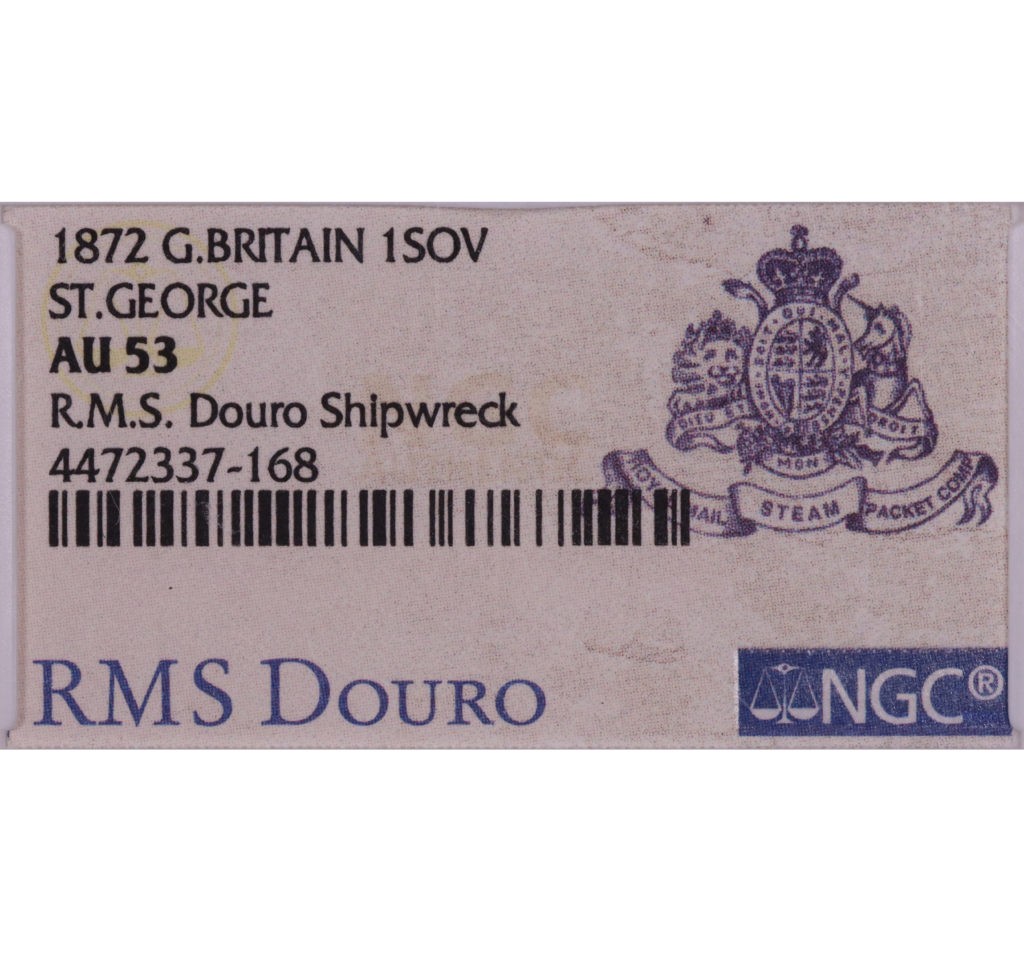
The RMS Douro accident
The Douro: a transatlantic ship
The Douro was a steamship built in 1865 in Scotland. As a cargo ship of the Royal Mail Steam Packet Co. (RMS), it could accommodate 313 passengers and a crew of 80, but was primarily intended to carry mail and newspapers. Its hold was also often filled with goods and precious cargoes of gold and diamonds.
This ocean liner had undertaken no less than 61 voyages for 17 years. It always sailed the South Atlantic seas and served the route between Buenos Aires, Argentina and Southampton, UK. It transited through Portugal, hence its name, borrowed from the Iberian river that links Spain to Porto. It never completed its 62nd voyage, as it sank on the last leg of its journey.
1rst April 1882: the night of the tragedy
The ship left the port of Lisbon 1.5 hours late on 31rst March. To make up for the undue delay, it sailed at full speed towards England. On the evening of the 1st, on a full moon night, the Douro passed off Cape Finisterre.
The fourth officer of the ship spotted another ship about 3.7 km away. Thinking that the sailor on the bridge had also noticed him, he did not consider it necessary to inform him. What a critical error! At around 10.45 PM, the RMS Douro was hit on its starboard side by the Spanish Yrurac Bat. Within 30 minutes, the boats sank. The passengers were saved in extremis, but six members of the Douro’s crew died, including the captain and the first officer, who let themselves be carried away with their ship and the gold cargo. The survivors, rescued by the British steamer Hidalgo, were taken to La Coruña in Spain.
The Douro Treasure
The archaeological quest
One would have to wait several years before the adventurous Thomas Pickford set out to find the wreck. In 1949, he wrote a few words on a piece of paper: “Douro, 1882, 53,000 pounds. Bay of Biscay.” He did some research and died without ever having found the Douro treasure. Forty years later, his child, Nigel, stumbled upon his father’s note. He decided to follow in his father’s footsteps. Ten years are necessary for him to collect all the useful information on the Douro treasure. He read all the newspapers from the time of the tragedy, researched the insurers and the shipping company, analyzed the statements of the survivors, made calculations and finally drew up a map with an exploration zone reduced to 240 km.
In 1992, he surrounded himself with the Swedish explorer Sverker Hallstrom, a specialist in sea wreck expeditions. They are fitted with leading-edge equipment including a robot with sonar and a video camera. But they still don’t know where exactly the cargo ship is hidden in a 500-meters-deep sea.
A wonderful heritage
After months of searching and considerable effort, they unearthed the cargo ship in 1993, but only got their hands on gold bars and coins in 1995. The Douro’s treasure was declared to the authorities and transferred to Jersey. The researchers had to wait a year and a day before the treasure was released so they could get their money back. The Douro treasure was entrusted to Spink and Son in London, owned by Christie’s, who proceeded to classify it. In the following months, the auction took place.
About 10,000 interesting gold pieces were sold. They are mainly English sovereigns dating from the nineteenth century. Many of them date back from the reign of Victoria and were minted in her effigy, in the mints of London, Melbourne and Sydney. The total value is estimated at 10.3 million francs. Each sovereign is estimated at between 800 and 8,000 francs each. Those from Australia had been kept in the Lisbon bank and were to be sent to London, which explains their new condition and their high value. The Douro treasure was also composed of Brazilian gold coins dated from 1750 to 1830 and some Portuguese coins.
The sale was a success. Now, numismatists from all over the world are looking for the most beautiful sovereigns from the Douro treasure.
Sources :
Les échos
Allgold Coins
Gold sovereign expert
wikipédia
